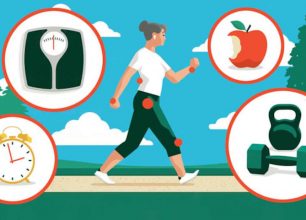Remote patient monitoring (RPM) is a digital solution that provides real-time biometric, health, and lifestyle data to providers. It is an increasingly important arm of telemedicine that helps providers manage their patients’ health to produce better outcomes, while adding greater flexibility and convenience to the patient experience.
Many conditions can be tracked through RPM, including:
- Weight
- Heart conditions
- Diabetes
Monitoring devices that allow data collection of these conditions include:
- Weight scales
- Pulse oximeters
- Blood glucose meters
There are many benefits to integrating RPM into your Telehealth solution. These include:
- Reduced hospitalizations
- Shorter hospital stays if the patient can be discharged with a remote monitoring device to use at home
- Fewer visits to the emergency room
- Better health outcomes for patients in rural areas
- Better preventative management for chronic conditions
- Reduced risk of COVID-19 exposure, along with other illnesses, for patients and health care workers
To implement RPM, physicians can partner with at-home medical device providers who can equip their patients with the necessary devices and provide support on how to use them.
Providers can bill insurance for RPM through several CPT codes. Medicare adheres to a standard payment policy, whereas the terms for private insurance companies may vary.
Published on August 26, 2022

